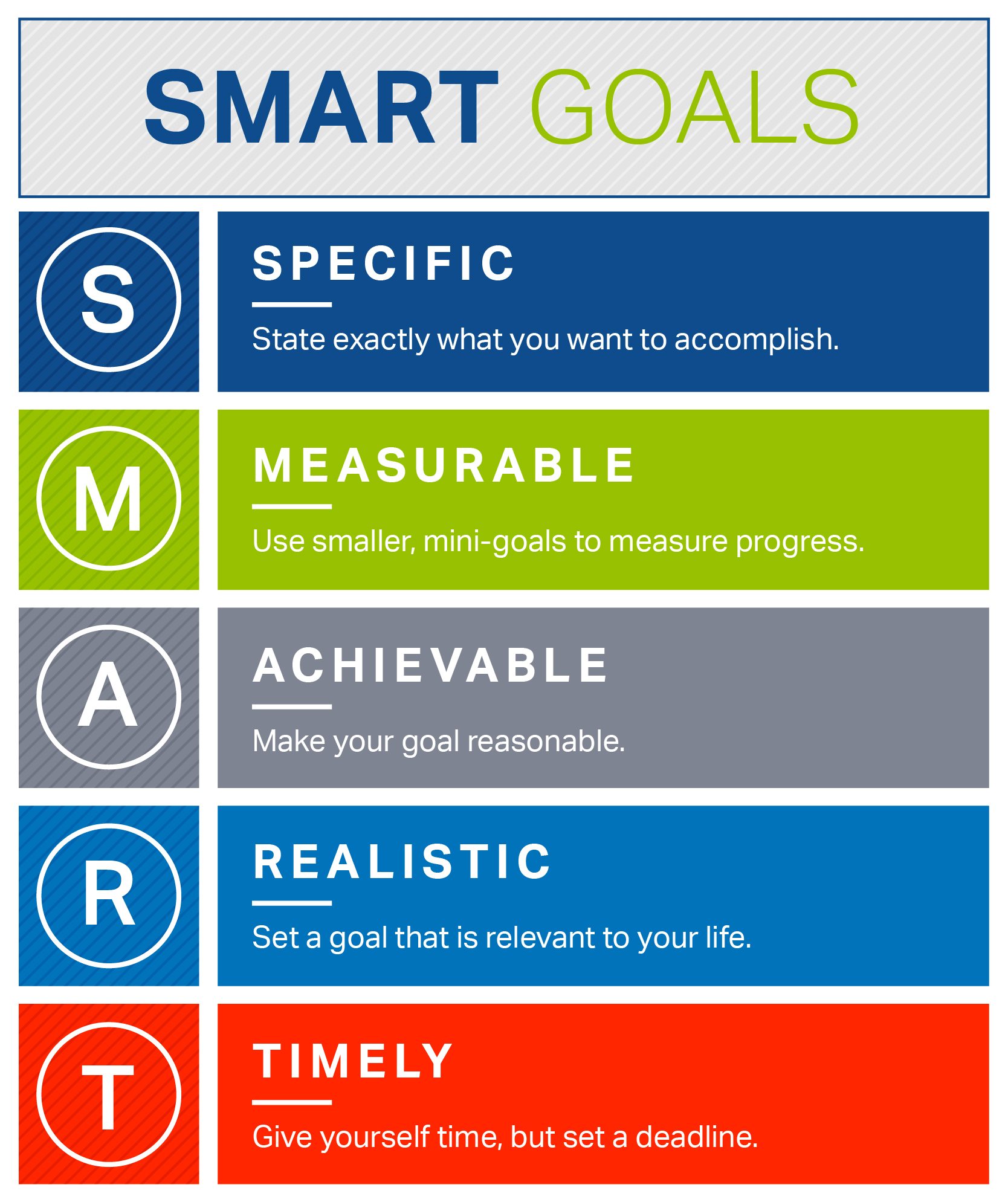Planning encompasses defining your departmental objectives or goals, establishing an overall strategy for achieving these goals and developing a comprehensive hierarchy of plans to integrate and coordinate activities. It is concerned then with ends (what is to be done) as well as with means (how it is to be done).
Goals and objectives are intentions and contain descriptions of situations or conditions that are to be achieved within a specific period of time. They contain clear indication of what we want to achieve and how to go about it. It is important to write down our goals and objectives as well as to develop a well set-out plan detailing how we intend realising them. This will enable us to experience a measure of accomplishment now for goals that will only be fully realised in the future. Such a process will stimulate action and will keep us motivated, leading to unbelievable results.
The process of generating goals and objectives is one of empowerment in that people (employees) who participate in this process are bound to feel a strong sense of ownership and responsibility in realising such goals. Participation creates commitment.
Generating and writing good work-objectives is not an easy process. The process requires lengthy and in-depth deliberation. You will probably have to write and rewrite them a few times. It is, however, a process that is manageable and one that will lead to greater productivity. Common areas or aspects of the workplace, where reflection will generate goals and objectives, are problems, processes, practices, and people.
5 Steps in Setting Divisional Goals
The following 5 steps are useful in the process of generating and setting goals:
Step One: Develop a personal sense of what your team/department should look like and be like at some point in the future. In other words, develop a vision for your business. In determining your vision, pay close attention to the purpose of your business. Focus on things that will have the greatest impact. After you have defined your vision, communicate this with your team so that they can participate in developing objectives, ways and means to achieve the vision.
Step Two: With the active participation of your team of workers, establish goals that are stated in measurable, focused terms. Ensure that these are SMART – see below.
Step Three: Determine the tasks through which the stated goals will be achieved. Tasks should be concrete, measurable actions that must be carried out at a specific, stated time.
Step Four: Establish priorities for the required tasks. Some tasks must be completed before others can begin, which calls for priorities that will determine the order in which tasks must be completed as well as by what date.
Step Five: Finally, it is necessary to follow up, assess and check to determine if the group/team is doing what is required. Your involvement as leader in this process is essential in that it confirms the importance of the stated goals and priorities. It is important that the leader sees the process through to its conclusion.
Your Goals and Objectives Need To Be SMART
Specific: What is the exact scope of the objective?
What is included and what is not?
What might be thought to be included but is being done by someone else?
What must be done with the outputs?
Measurable: What measures will be used to know that the objective has truly been reached? When and how often will the process be measured? What measurement tools can be used to determine success? What format must the output take?
Achievable: A delegated impossibility is still impossible! If there is doubt over whether the objective is achievable, then the first part of the process should be either to test feasibility or to identify what would have to be changed in order to make the rest feasible.
Realistic: What may be a realistic task for a functional expert to undertake in a week may not be realistic for a junior joiner in a month? A series of roll-out meetings might be scheduled in two weeks, but clashes with public and personal holidays could mean that a month will be required. The test for a good objective is that it always deals with the reality of how long it will take to do things, rather than how long we would like it to take if we could ignore inconvenient facts.
Timely: An objective without a clear specification of its timing priority is likely to be put at the bottom of the list. It will not get done. The simplest way to ensure that an objective will be achieved is to agree on a realistic deadline, even for objectives that are not time critical for success. This means that for every objective a specific method of measuring or monitoring must be identified and agreed upon. For every objective, a specific time frame for monitoring or completion must also be agreed upon. This will mean that your objectives are truly.
